Dark Ecology
Timothy Morton
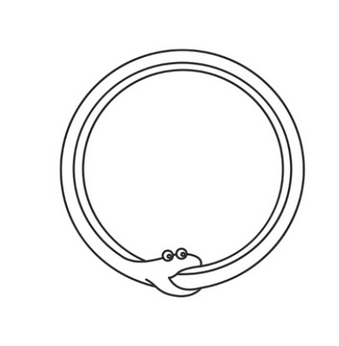
Source: ”Dark Ecology”, Timothy Morton
Extended Abstract
“The EU aims to be climate-neutral by 2050 – an economy with net-zero greenhouse gas emissions. This objective is at the heart of the European Green Deal and in line with the EU’s commitment to global climate action (…) (European Commission, Delivering the European Green Deal, 2021)
One of the most upcoming topics these days is dealing with climate change. A topic which finds its approach in patterns and scaling, to predict and lead the future into a significant shift. This happens throughout the idea to give things ecological numbers and to reach ecological awareness in the society. Global warming, ocean pollution, mass extinction (etc.), those he called ‘’Hyperobjects’’ – objects which push us towards “Ecological awareness” (Timothy Morton, p.20), where we can understand the ways in which humans are intertwined with others, human and nonhuman organisms and environmental processes. That interconnection is an infinite loop.
We can’t escape it, we can’t grasp it, but we are the ones attributing it to it.
‘’His attempt to escape the web of fate was the web of fate’’’ (Timothy Morton, p.61)

Hyperobject is a tool of the anthropocene, it is the moment when we start to realize the way to understand ourselves as a species. We are a species, we are a hyperobject.
Realizing that, becoming aware, or letting it be acknowledged is a step towards the dark sweetness. It is becoming accommodated to things which are strange and stay strange even after the process of acclimation. An emergency room, where death happens, yet filled with care.
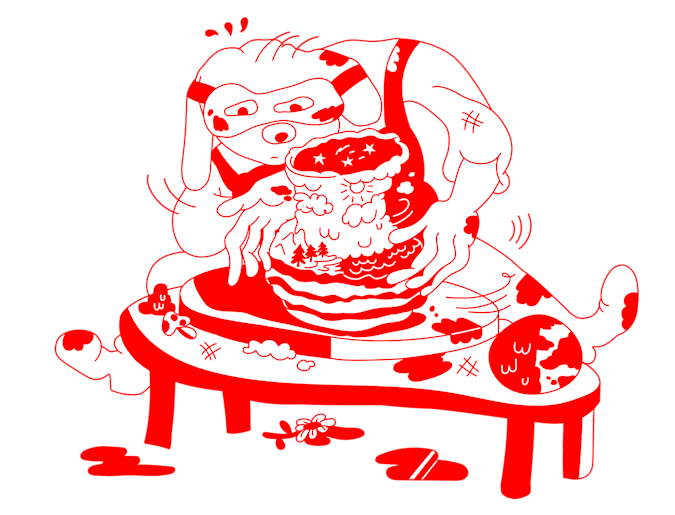
Source: Dennis Witkin for Silica Magazine
Ecological awareness is what he calls dark ecology. His critical side towards the idea of responding to global warming “This book is going to call it global warming, not climate change.” (T.M, p.22) in terms of Anthropocentrism. Seeing us as the center of ecological associations “This future is unthinkable. Yet here we are, thinking it (…). ”Predicting it and more: keeping the unpredictable one open.” (T.M., p.16). Interact as part of the ecosystem, not in a superior role “I take present to mean for the last twelve thousand years. A butterfly kiss of geological time.” (T.M,p.17).
“What is dark ecology?” (T.M., p.20). With the term darkness, Timothy Morton tries to clarify his position. His position is how he thinks about the human understanding of global warming. He explains the phases of the process into three sections: Darkness, as an emotional human response of a scary foreboding feeling, which defends the scenario towards reality. Reality, which at first seems tragic, negatively massive, but then gives opportunity for movement towards a Dark Sweetness.. “ It is ecological awareness, dark-depressing. Yet ecological awareness is also dark-uncanny. And strangely it is dark-sweet.” (T.M., p. 20).
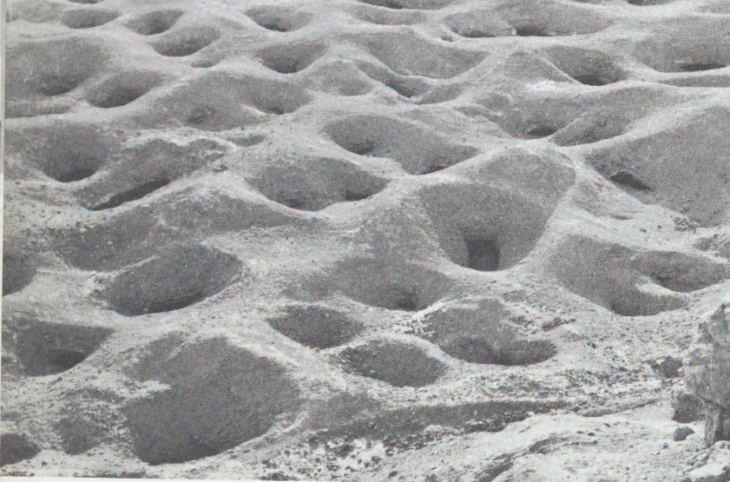
Underground village near Loyang in northern China Source: B.Rudofsky
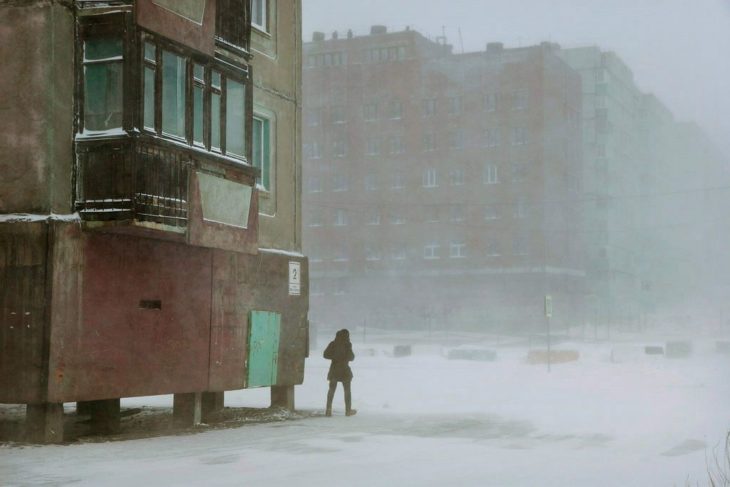
Norilsk, Russia
Source: Chrisophe Jacrot Photography
LOCAL = UNCANNY
‘’The local is far from the totally known or knowable. It is familiar, which also means that it is uncanny’’ (T.M.,p.11)
What we are part of is local, but at the same time it’s rooted into the massive. The way we explored the Deep ecology is through an exercise of re-reading the concept of vernacular. A concept rooted in anthropological relationship between the human (hyperobject), available resources and the environment (hyperobject). And the loop of creation and living process between those is a hermeneutic circle defining the New Vernacular.
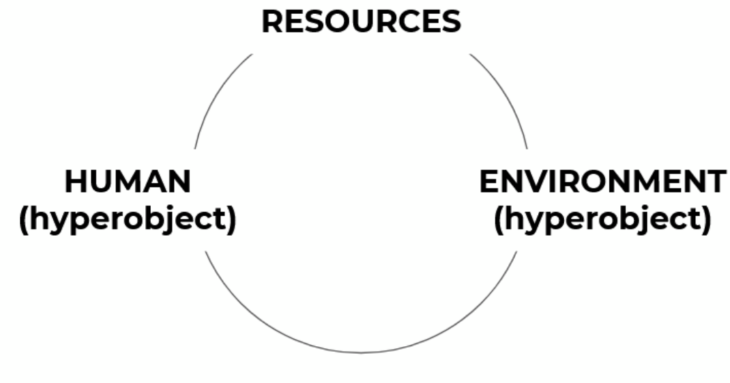
Agnieszka Szklarczyk, Anton Gabriel Otto Hofstadt ‘’New Vernacular’’
Vernacular model insists on connecting architecture to something external to it, the identity of a society. And further, that connection should NOT be invented but FOUND. It is a challenge for our limited vision where we can only feel human-flavoured interpretations of things, but at the same time they do exist on their own.
Within a Biocity we create circular interconnections between cultural, local, (bio)diverse. Reconnecting humans into ecology as a mutual alliance.
‘’We Mesopotamians have never left the Dreaming. So little have we moved that even when we thought we were awakening we had simply gathered more tools for understanding that this was in fact a lucid dream, even better than before.’’ (T.M., p. 6)
An anthropocentric concept of SPACE can be redefined into PLACE, which deeply involves time, resource and need. Placing New vernacular into the author’s notion of Darc Ecology can be a scaled-up vision (opposite to what the modern pattern is) towards breaking down the desire, which became prior to what is needed. Going towards communal architecture ‘’(…) produced not by specialists but by the spontaneous and continuing activity of a whole people with a common heritage, acting within a community of experience’’ (Rudofsky, Bernard. Architecture without architects) we can place nature as an architect and work with it, analyzing the bonds between beings and surroundings.
Leaving the Dreaming, New Vernacular Biocities can be a way for planetary design, being as dynamic as a climate.
List of References
- Morton, Timothy. Dark Ecology. For a logic of Future Coexistence. New York: Columbia University Press, 2016.
- Rossi, Aldo. The Architecture of the City. Cambridge: The MIT Press, 1982.
- Rudofsky, Bernard. Architecture without architects, an introduction to nonpedigreed architecture, New York: The Museum of Modern Art: Distributed by Doubleday, Garden City, 1964.
- European Commission, Delivering the European Green Deal, European Union, 2021.
This document is a project of IAAC, the Institute for Advanced Architecture of Catalonia, developed in the Master in Advanced Ecological Buildings and Biocities (MABB01) 2021/22 by students: Agnieszka Szklarczyk & Anton Gabriel Otto Hofstadt; faculty: Jordi Vivaldi